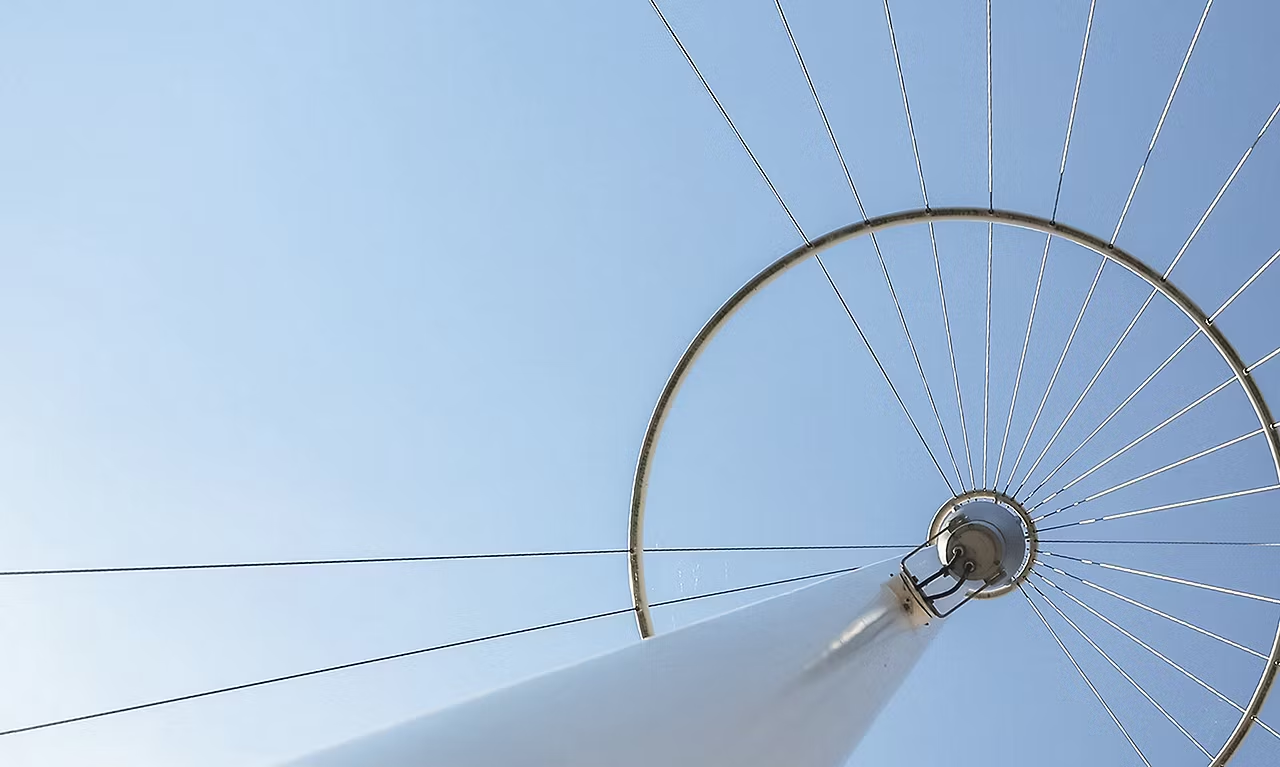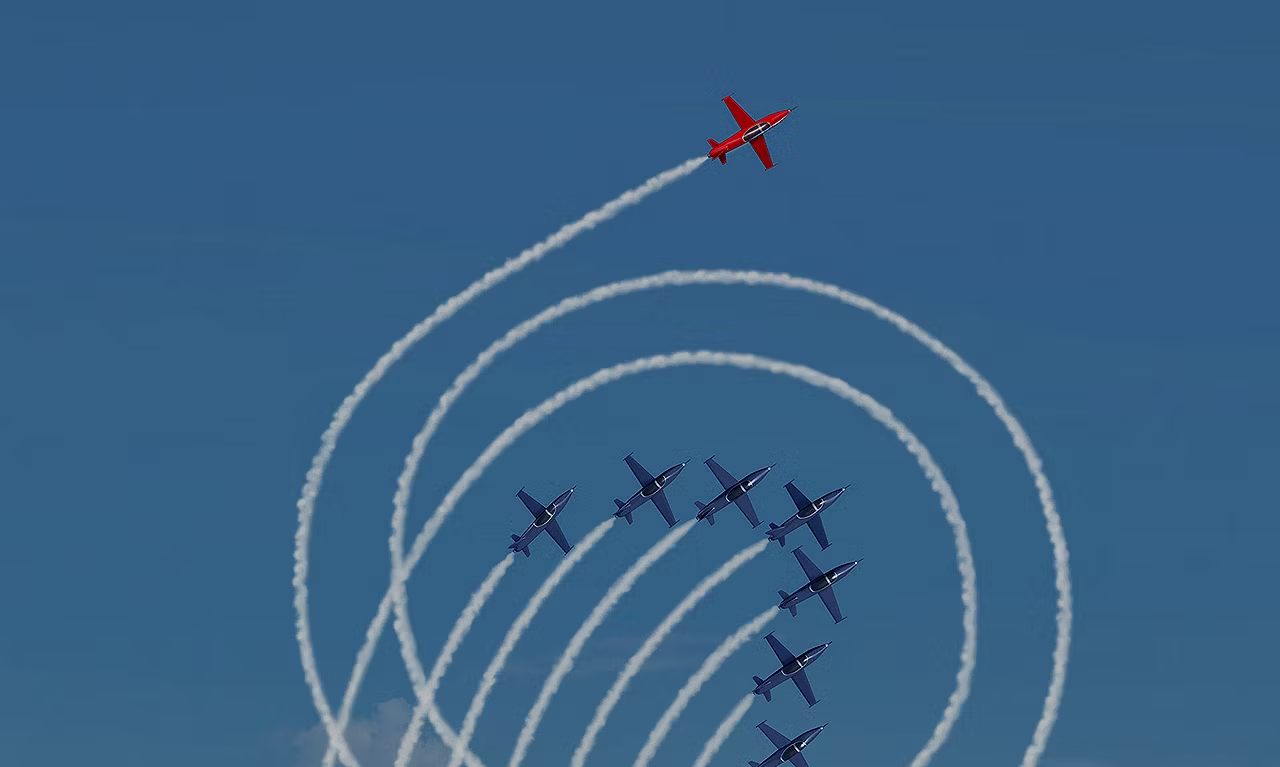Now in its 11th year of publication in Europe, the S&P Indices Versus Active (SPIVA) Scorecards serve to keep score on and inform the ongoing active versus passive debate by analyzing active performance across the world’s major fund markets.
In 2024, European-domiciled active fund managers seeking outperformance faced structural headwinds in equity markets, but relatively benign tailwinds in fixed income. In the region’s largest active fund category by assets and by number of funds, these trends led to record underperformance rates; the 91% one-year underperformance rate within the euro-denominated Global Equity category was the highest in the history of our semiannual Europe Scorecards (see Exhibit 1).

2024 Highlights
- Echoing the previous year, both fund managers and their clients would have likely welcomed the rising markets in 2024, but it was another challenging year for active equity funds in Europe.
- In the category with the largest number of available funds, namely Global Equity funds denominated in euros, 91% of actively managed funds underperformed the S&P World Index over the full year.
- Across the other major international equity categories, a firm majority of funds underperformed, including 68% and 72% of Emerging Market Equity funds, 79% and 82% of U.S. Equity funds and 70% and 85% of broad Europe Equity funds (figures for pound sterling and euro-denominated categories, respectively).
- For somewhat idiosyncratic reasons, Denmark offered a particularly bright spot for active performance, where a decline in the stock price of ultra-heavyweight Novo Nordisk was accompanied by just 3% of active funds underperforming the S&P Denmark BMI. That was an outlier, however, as in Germany, France, Spain, Sweden, Italy and the U.K., actively managed domestic equity funds posted one-year underperformance rates of 94%, 91%, 88%, 83%, 75% and 72%, respectively (local currency categories).
- The results were much better in fixed income. In the largest two categories by the number of funds, a majority of euro-denominated corporate and high yield active bonds outperformed their category benchmarks (41% and 39% underperformed, respectively). Euro-denominated Government Bonds was an exception, with 60% underperforming.
- In pound sterling- and U.S. dollar-based fixed income categories, the results ranged from 38% underperformance in pound sterling Corporates, to 67% underperformance in U.S. High Yield.
Overall, the long-term results in every category continued to reflect a challenging decade for active investing, with a cross-category, fund-weighted average of 93% of equity funds and 79% of fixed income funds underperforming over a 10-year horizon.


















































